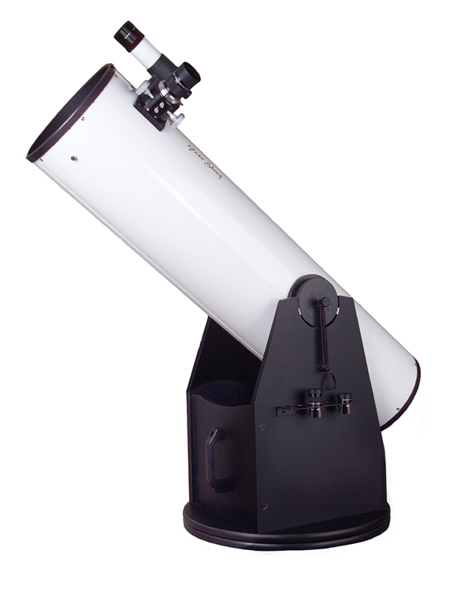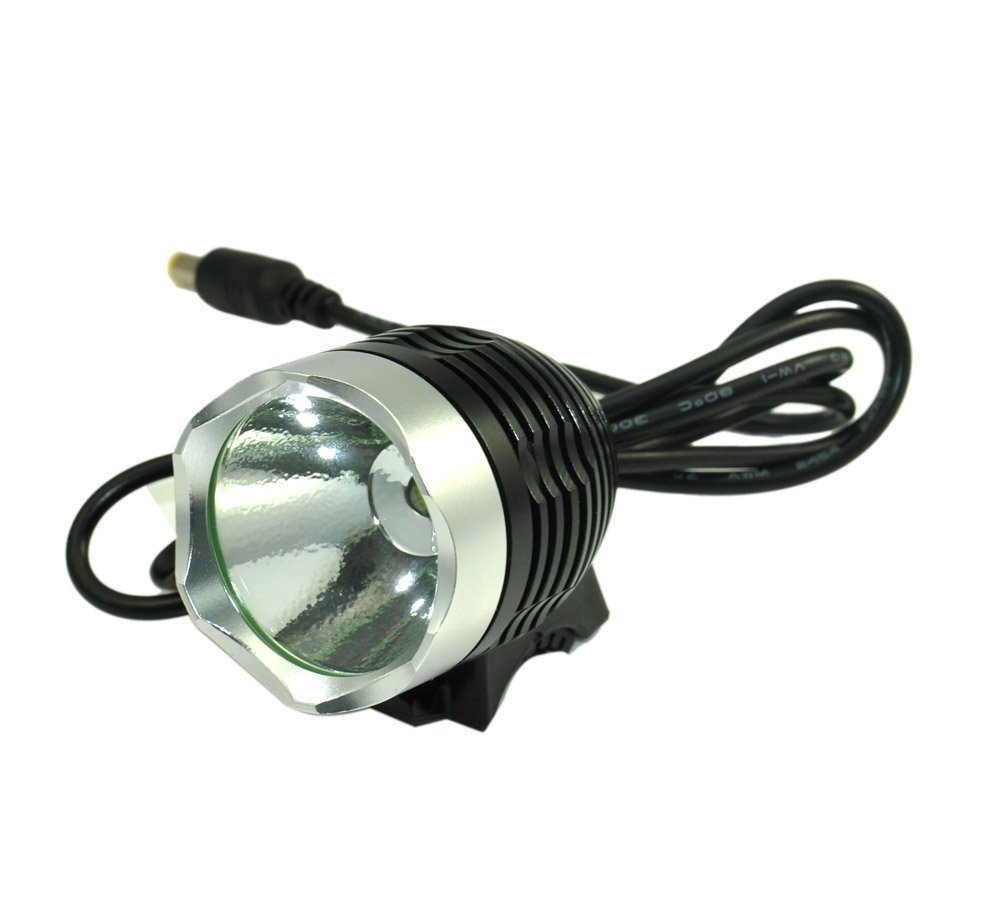Author: Michael Edelman
[by Michael Edelman, special correspondent to OYB]
The greatest show in the universe is… out your back door!
If you were to ask the typical ten year old today what the sky looks like at night, the reply would probably be something like “dark.” Sure, you can see the moon, and a few stars, but that’s about it. Yet if you asked the same question as little as fifty years ago, the reply would be very different. Back then, the night sky was an explosion of light and color, even near a lot of large cities. Kids looked up and saw an infinite universe, filled with thousands of stars. They were inspired by what they saw to dream, or to become scientists and adventurers.
What’s changed is the proliferation of outdoor lighting. Every suburban house is lit up at night like a billboard. Rural houses are surrounded by sodium vapor lights that cast an unearthly orange pallor over everything. People who used to find mystery and beauty in the night sky are now scared to death by it. We’re surrounded by light pollution.
And yet—there’s still excitement to be found in the night sky, even for city dwellers. An inexpensive pair of binoculars can let you explore the surface of the moon, hunt for comets, and see star clusters.. A small, inexpensive 3” to 6” telescope will let you see galaxies, nebulas, the rings of Saturn and the colored bands of Jupiter. You won’t see the same brilliant Space Telescope images that appear in National Geographic, but you’ll still have the excitement of seeing something billions of miles away with your own eyes.
The problem for most would-be astronomers is finding a decent, affordable telescope that won’t break the bank. Department stores, the web, and shopping networks are full of what are often called “Christmas Trash” telescopes, designed to sucker the uninformed out of spending money on what we call TSOs—Telescope Shaped Objects—that look like telescopes but deliver only dim, fuzzy, out-of-focus views—if you can hold them steady enough to actually point them in the desired direction.
Luckily, back in the 1960s a man named John Dobson invented a simple telescope that looks like a circus cannon but provides a rock-steady viewing platform at a very reasonable price. Dobson called his design a “sidewalk telescope” but they’ve become known as (not surprisingly) “Dobsonian” telescopes, and there are a number of them available for as little as $179. And if that’s too much you can make your own. They’re simple enough that, like John Dobson, you can make your own from hardware store materials and a commercial mirror. Or if you’re the patient type, you can grind your own mirror, like thousand of amateurs have done before.
Stores and catalogs commonly carry Dobs in sizes from 4-1/2” to 12”, and larger custom scopes are available, but paradoxically, you can often see more with a smaller scope. That may seem counter-intuitive, but experience proves that the smaller the scope, the more often it gets used. Which are you more likely to grab for a weekend camping trip or a quick look at the evening sky—an 80 pound 12” telescope, or a 17 pound, 4.5” scope?
If you’re willing to drive to a dark sky spot—and you’d be amazed how often you can find a little pocket of dark sky, even near big cities—a $50 pair of binoculars is all you need to explore the universe. And under really dark skies, you don’t even need that. You might be surprised to learn that the Great Galaxy in Andromeda—one of the most spectacular sights in the evening sky—can be seen with the naked eye under a dark sky!
So buy, make, or borrow a telescope—or a pair of binoculars—or just your eyes—and head out your backdoor for the greatest show in the Universe!
For more information on telescopes and accessories for beginners, see findascope.com
For more information on light pollution, and how you can fight it, see:
darksky.org
[Coming soon! –Naked eye astronomy! And, the heavens in a binoc!]



